Nghia Linh sacred mountain - a place where the sacred energy of mountains and rivers converges with the system of temples worshiping the Hung Kings, not only holds important historical, cultural and spiritual significance but also attracts tourists with its rich tropical forest ecosystem, valuable in terms of biodiversity.
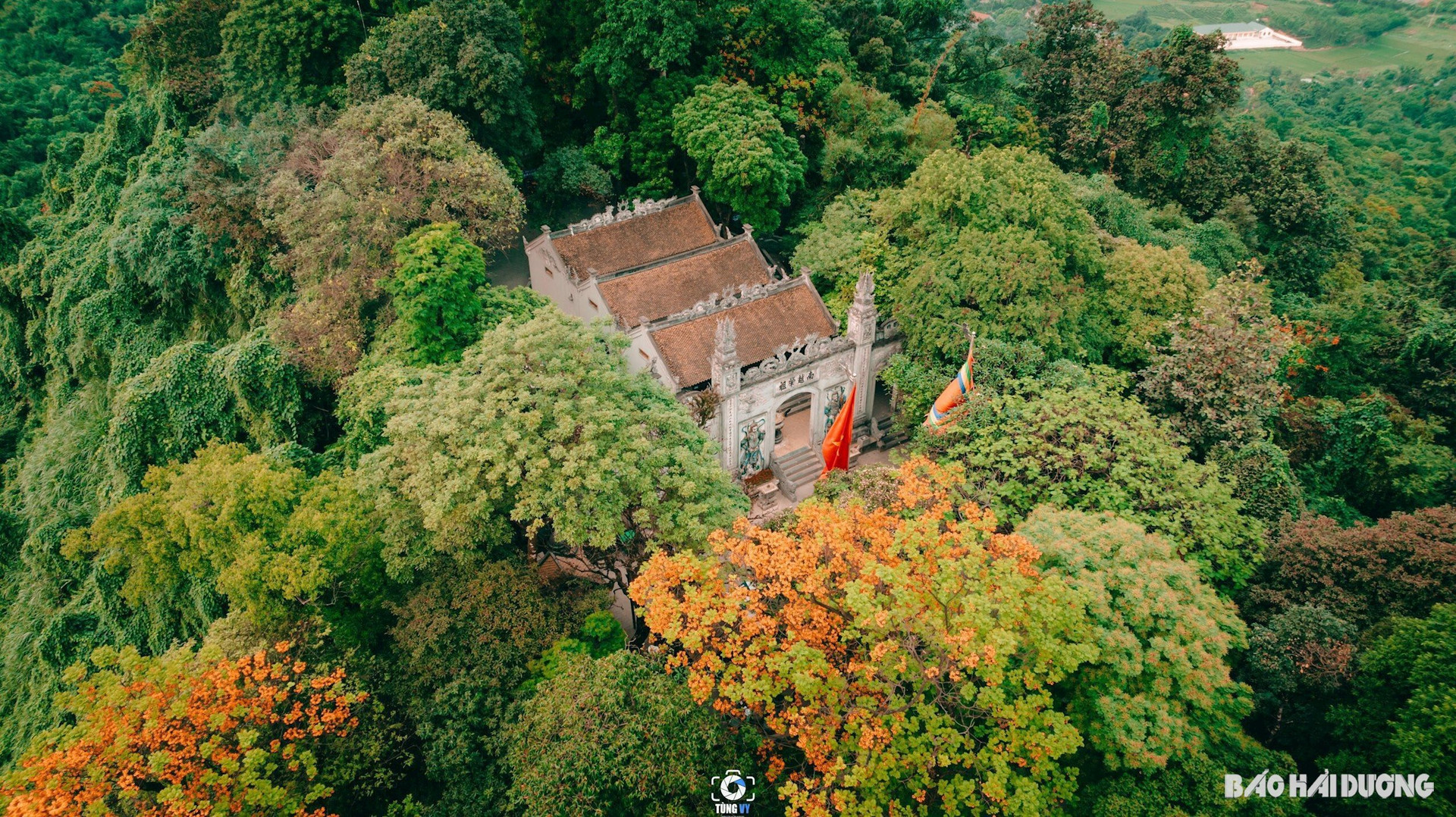
Classified as a historical - cultural - environmental forest in the special-use forest system of Vietnam, the vegetation with the highlight of the system of precious ancient trees, Hung Temple Historical Relic Site is a unique landscape that is both majestic, sacred and harmonious, close, a point of gratitude to the ancestors of Lac and Hong descendants across the country.
Rare "old trees"
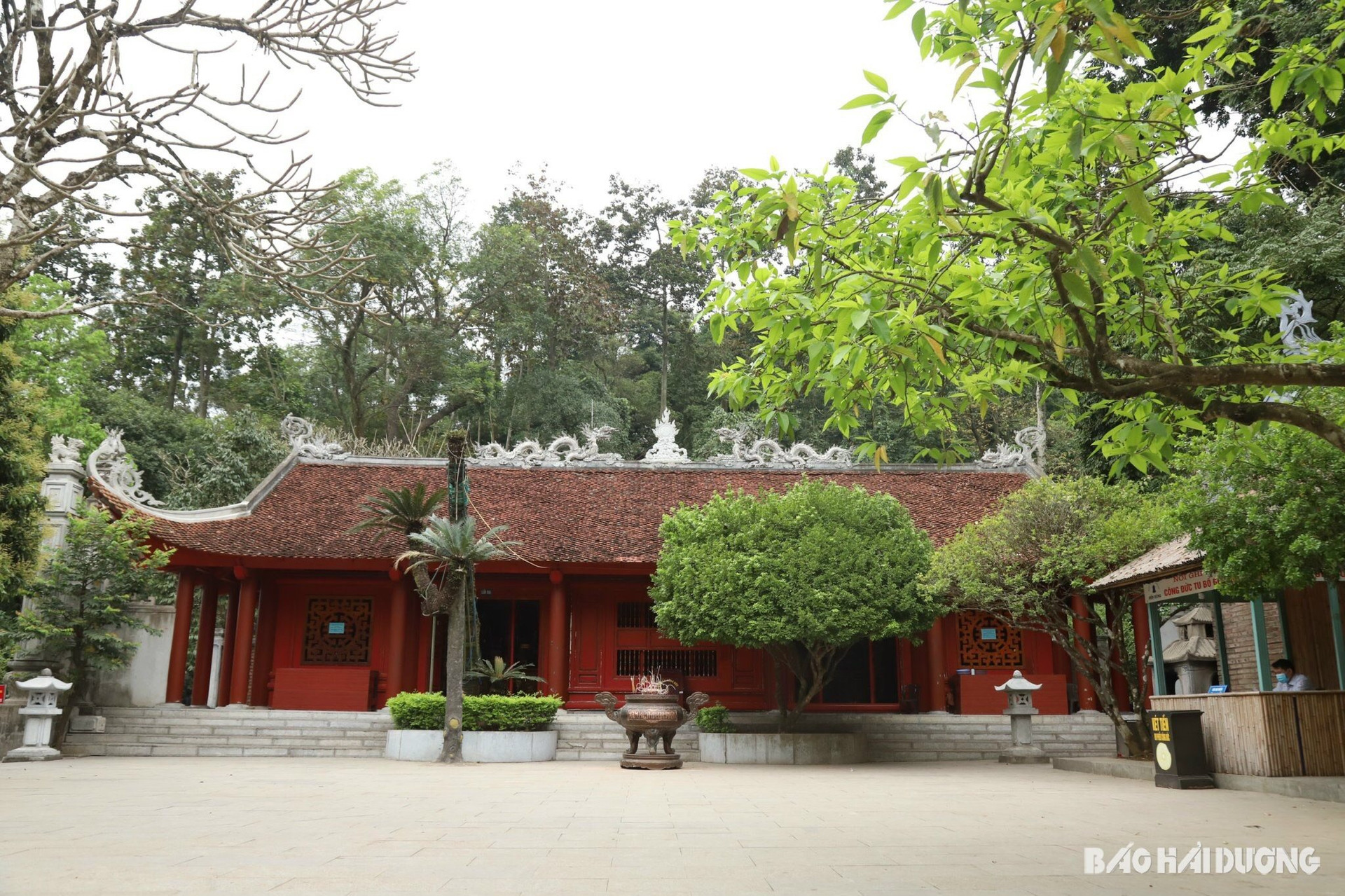
Hung Temple Historical Relic Site currently has a total area of 845 hectares, of which nearly 540 hectares are forest.
According to the elders, among the giant trees in Hung Temple are four pine trees planted by an old man in Hy Cuong commune: two at the gate, one next to the pagoda on the way up to Trung Temple and one at the door of Thuong Temple. Because the trees grow tall on the mountain, they are often struck by lightning and broken by storms. Moreover, they have been there for many years, so now there is only one tree left near Dai Mon. Previously, after cutting down the fallen trees, cutting and counting the circumference of the tree trunks every year, it was determined that these pine trees were about 300 years old.
Passing the Great Gate, climbing 225 stone steps along the mountainside to the Lower Temple, visitors will see the more than 800-year-old "Cycassava" at Thien Quang Pagoda, built during the Tran Dynasty (13th-14th century). For nearly a millennium, the "Cycassava" has witnessed many ups and downs of the nation's history. "Cycassava" has a beautiful canopy of three peaks. From the South to the North, no tree like this has ever been seen. Therefore, many people believe that the tree growing in sacred land symbolizes the three inseparable regions of North-Central-South of Vietnam. According to the law of growth, the cycassava grows leaves once every two years and each time it grows new leaves, it sheds a circle of old leaves. Based on this characteristic, it can be determined that "Cycassava" has lived for more than 800 years. A few years ago, a big storm knocked a large branch down and broke the highest peak of the "Cycassava". The Management Board of the relic site and engineers have worked hard to find a way to save the top of the tree from drying out. After several months of installing a drip irrigation system into the tree trunk, the "old man" has gradually revived.
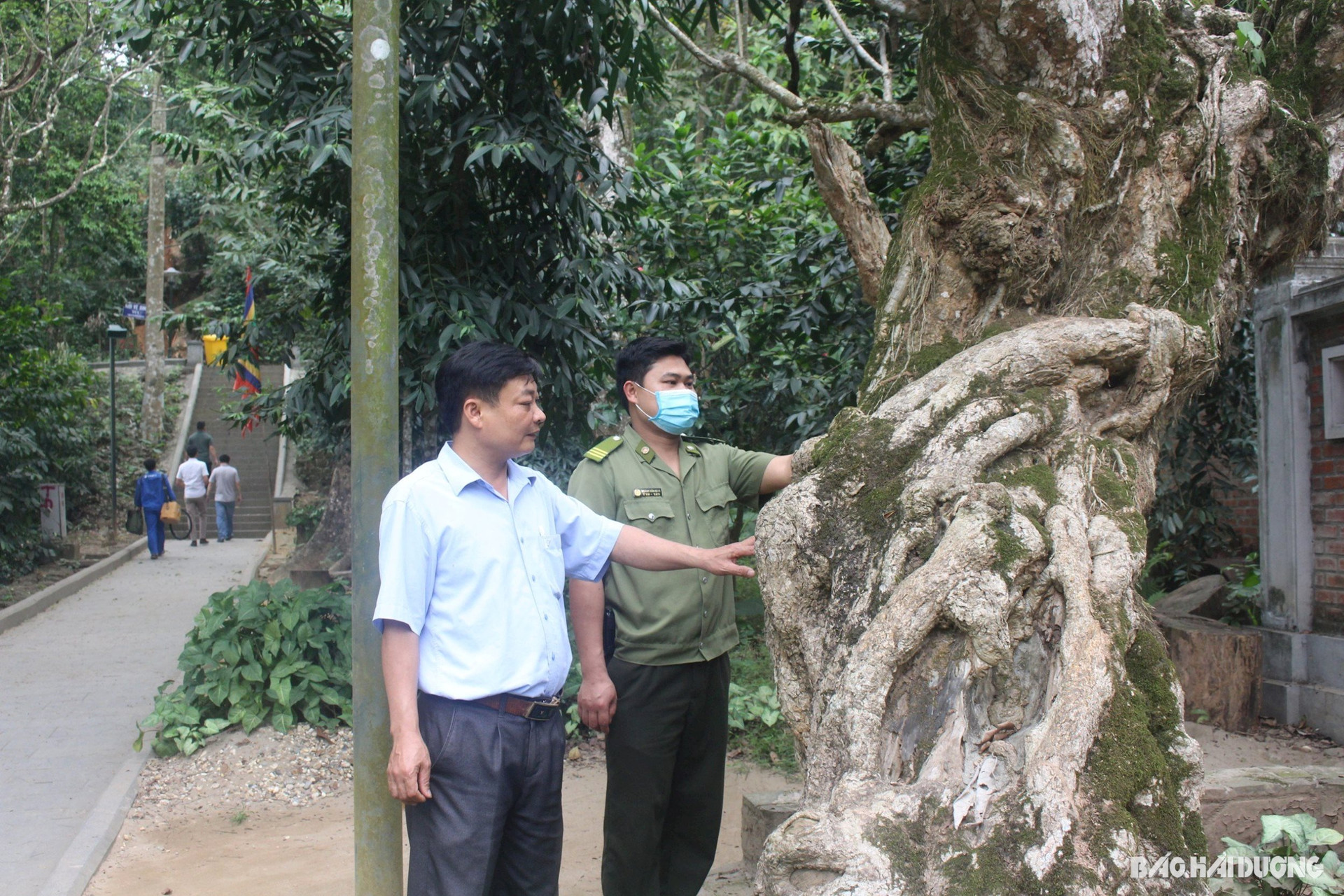
Also at Thien Quang Pagoda, there are two ancient banyan trees, one in front of the door and one behind. At Trung Temple, there are two trees in front of the door. At Thuong Temple, there was a tree next to the wind-protecting wall but it has fallen. At Gieng Temple, there is a leaning tree that was supported and protected by a protective embankment. These trees are similar in size and luxuriant branches and leaves to the banyan trees at Van Mieu - Quoc Tu Giam (Hanoi). The banyan trees at Quoc Tu Giam have been determined to be about 500 years old. So the trees at Hung Temple may be of similar age.
At Hung Temple, there are two sui trees on the Upper Temple and a tram tree at the intersection of Gieng Temple, which are also ancient trees. In the sacred and majestic space of the special national historical relic site, each individual plant here seems to carry within itself the soul of history, proving the eternal vitality of our nation for thousands of years.
Make the forest greener
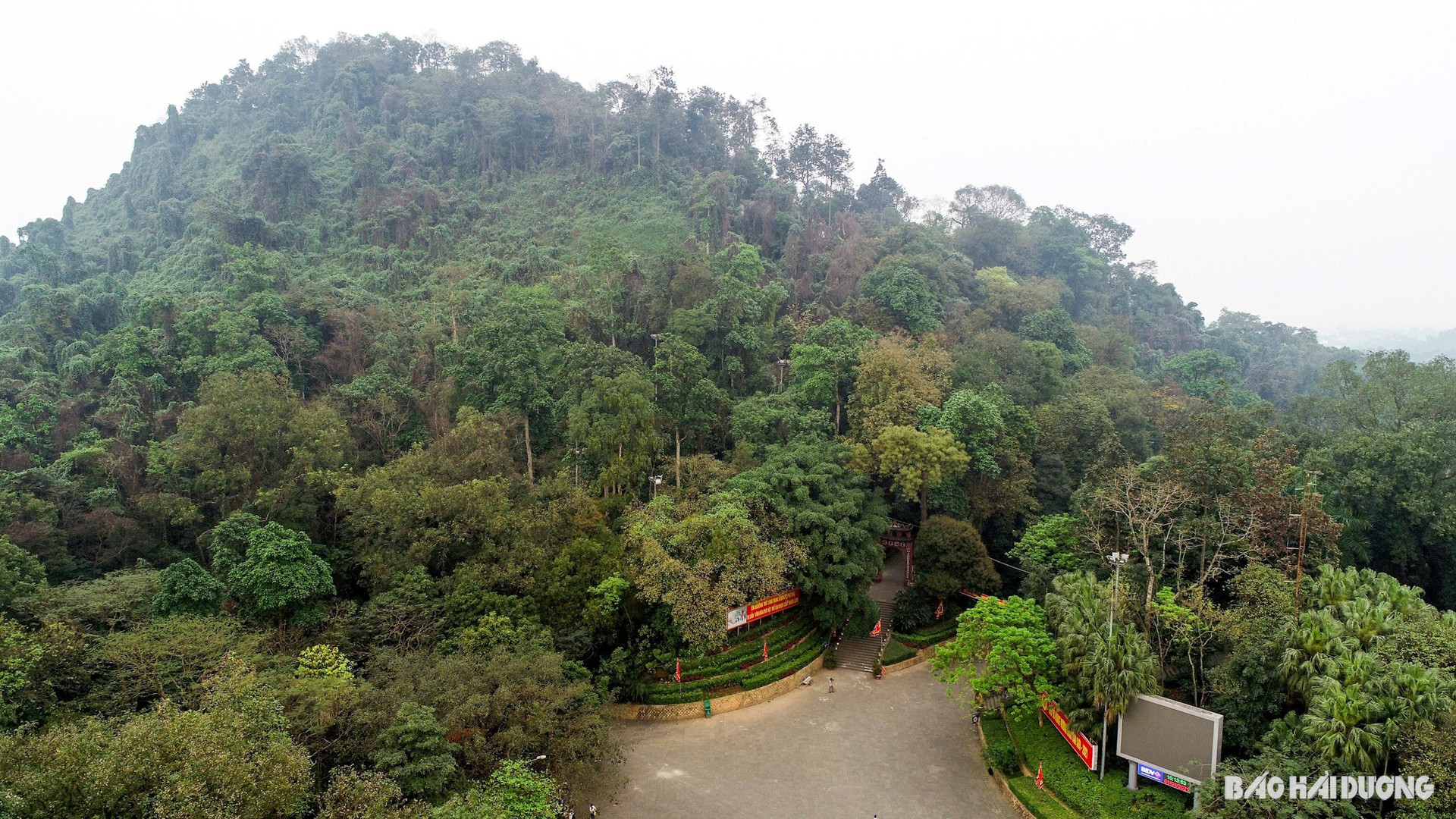
Located at an altitude of nearly 200 m above sea level, Hung Temple National Forest currently has 636 plant species, including a series of precious trees such as: Cau tich, Tue Luoc, Go Do, Tram Huong, Vu Huong, Sua, Kơ - nia..., mainly concentrated in the natural forest area of more than 18.7 hectares on Nghia Linh mountain, also known as Hung mountain - the place to worship the 18th Hung King. Not only precious trees, with 175 animal species, Hung Temple forest also demonstrates biodiversity when there are many rare species, some of which are listed in the Red Book such as large kingfisher, magpie, pangolin, gecko, cobra... still living and developing naturally.
Not only Nghia Linh mountain but Van mountain and Sim mountain, the green color also covers the constructions, temples, shrines... creating a rich flora and fauna, so that the relic site is always green, peaceful, creating a feeling of closeness and tranquility for visitors from all over when coming to offer incense to show gratitude to ancestors... Precious trees and precious animals are also a rich and unique source of genes so that Hung Temple National Forest is always a "red address" for researchers and scientists to visit...
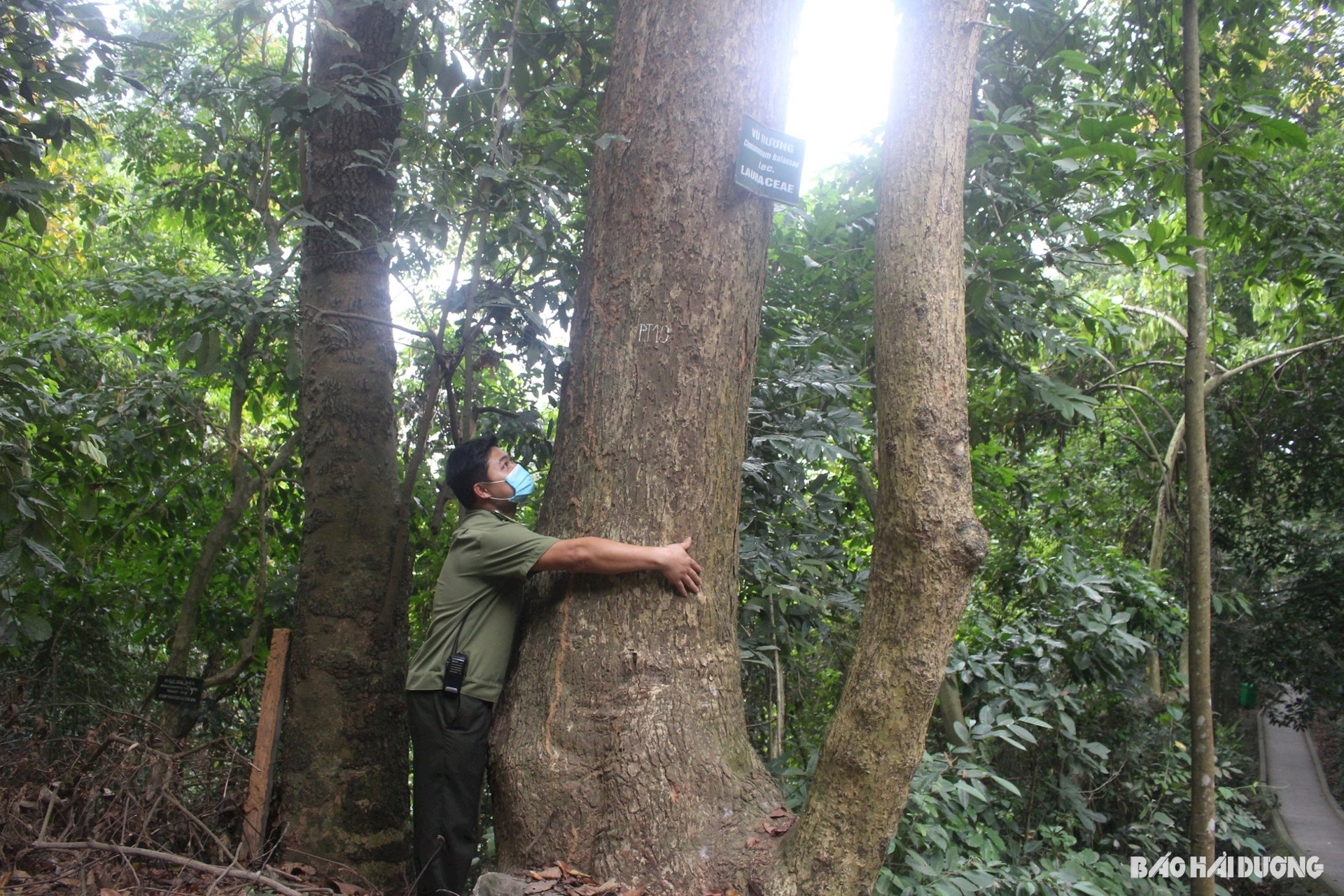
It has become a tradition that every spring, the Hung Temple Historical Site plants additional and reforests with hundreds of native trees such as: chò chỉ, lát hoa, teak, sưa, đa, đề hồng, sanh, nhoội, sao đen... along with other shade trees and ornamental trees. In 2023, the Hung Temple forest was newly planted with 2,000 scattered trees. In 2024, it is expected to plant an additional 1 hectare of forest on Van mountain, replanting from 400-600 scattered trees with many precious species to make the Hung Temple forest increasingly greener and more biodiverse.
Jiang Qing